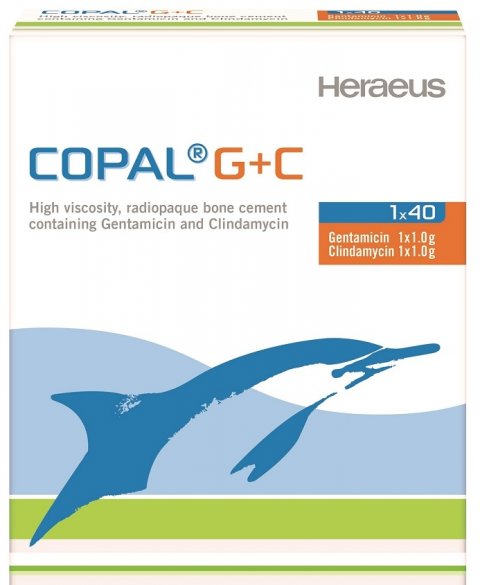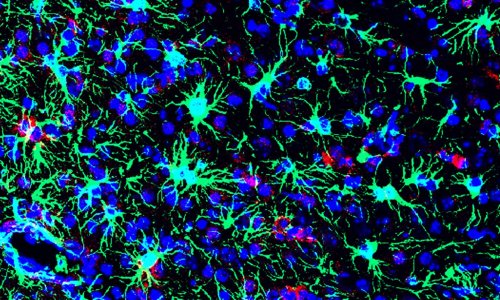News • Arthroplasty
Patients with risk factors benefit from COPAL G+C
New studies demonstrate benefits of dual antibiotic-loaded bone cement (COPAL G+C) to reduce periprosthetic joint infections in risk for infection patients.

COPAL G+C bone cement containing two antibiotics has long been used for revisions after replacement of hip or knee joints. In hemiarthroplasty, the benefit of dual antibiotic-loaded bone cement is also seen in a reduction of infections after joint replacement in risk for infection patients. New retrospective studies now show that the use of COPAL® G+C with its combination of antibiotics for fixation of hip or knee joints in risk for infection patients can reduce the infection risk in primary arthroplasty and in aseptic revision arthroplasty of the knee.
In the treatment of hip and knee joint prostheses, periprosthetic infection (PPI) is a feared complication that can be life threatening for patients and costly for hospitals. Individual patient risks can favour the development of a PJI. On average, more than 30% of patients had at least 2 risk factors. In some countries (Finland, Germany), this affects up to 50% of patients. These risk factors include obesity, diabetes and cardiovascular diseases as well as previous surgical procedures or infections.
34% reduction of infection risk in primary arthroplasty
According to a recent study, COPAL G+C, a dual antibiotic-loaded bone cement, can reduce the frequency of periprosthetic infections in patients with risk factors after primary treatment of the knee or hip by 34% compared to a bone cement containing only one antibiotic. With hip joint replacement, COPAL G+C was used if 3 or more risk factors were present. With knee joint replacement, COPAL G+C was used if 2 or more risk factors were present.
57% reduction of infection risk in aseptic knee revision
The benefits of using dual-loaded bone cement (COPAL G+C) to reduce PJI in risk for infection patients are also seen in cases of aseptic knee revision. A current study demonstrated a reduction of the infection risk for aseptic knee revisions of 57%.
A list of the studies and further explanations are available at: www.heraeus-medical.com
Source: Heraeus Medical
09.06.2021






